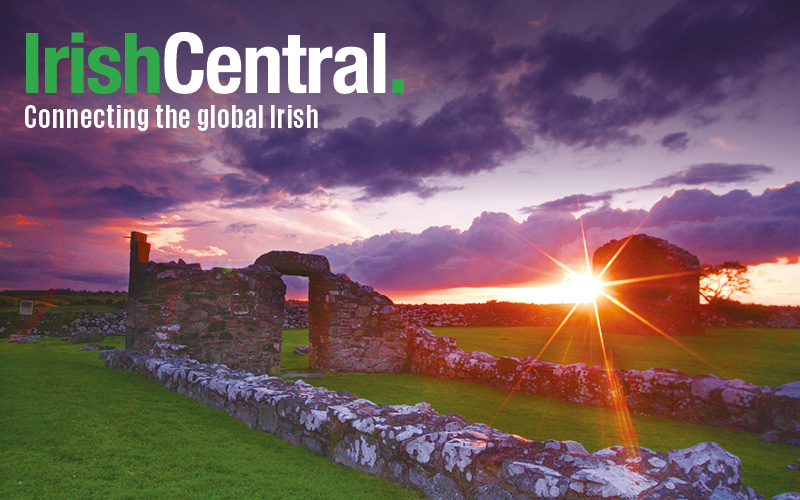On the morning that the twin towers fell, giant gray clouds rose up to cover lower Manhattan.
They contained powdered glass shards, asbestos, fiberglass, jet fuel, pulverized concrete, lead, mercury, cadmium, dioxins, PCBs, polycyclic aromatic hydrocarbons and benzene.
The city’s emergency services, stunned by the devastation and desperate to help, were unaware of the danger these clouds posed to their own lives. They raced into this witch’s brew without masks.
This means that on 9/11 and and in all the months that followed firefighters, police officers, medics, construction workers, clean up helpers and volunteers came from all over the five boroughs - and many from out of state - literally put their lives on the line.
Now, fifteen years later, many of have grown sick from the deadly illnesses they contracted simply from helping out at Ground Zero.
Shockingly, the total number of rescue and recovery workers who have already died has doubled in number since the attacks, to an estimated 1,064, according to the U.S. Centers for Disease Control and Prevention (CDC).
In the aftermath of the attack doctors with the World Trade Center Health Program linked nearly 70 types of cancer to Ground Zero and the CDC has enrolled more than 5,400 people diagnosed with cancers linked to 9/11 by June of this year.
The trouble began innocuously enough. In the early days of the rescue operation workers began presenting in local medical centers having contracted what health workers began calling the World Trade Center Cough. But in the months that followed things got markedly worse and worse, with patients complaining of waking up and being unable to breathe.
Initially they had all been told there was no threat to their well being at Ground Zero. One week after the towers fell Christine Todd Whitman, then the head of the U.S. Environmental Protection Agency (EPA), stated that the air did “not pose a health hazard.”
It was later reported that The White House Council on Environmental Quality (under George W. Bush) had persuaded the EPA to couch their findings about the air quality in reassuring rather than alarming language. To wit, they were misled.
Meanwhile the damage to rescue workers was not just physical. Each September those who worked at the site can find themselves harboring disturbing memories of the trauma that they witnessed, many harboring levels of PTSD that can roughly equate to US soldiers returning from conflict zones like Iraq and Afghanistan.
The challenges still faced by former rescue workers are considerable. Last year lawmakers passed a measure to spend more than $8 billion on health and compensation benefits for 9/11 survivors and responders. But despite the public perception that government have passed multiple bills, in practice many fall between the cracks of the eligibility process.
In order to qualify for assistance, EMTs and rescue paramedics must submit a sworn statement to the New York City Employee Retirement System (NYCERS) indicating the dates and locations of their work at Ground Zero.
But according to NBC, NYCERS approved just 29 percent of applications for disability retirement from members with World Trade Center-related conditions between 2005 and April, 2016. It denied 41 percent of all claims.
Meanwhile the remaining applications reportedly haven't been processed yet, or are awaiting medical evidence.
For thousands, 9/11’s long shadow has still not lifted.




Comments